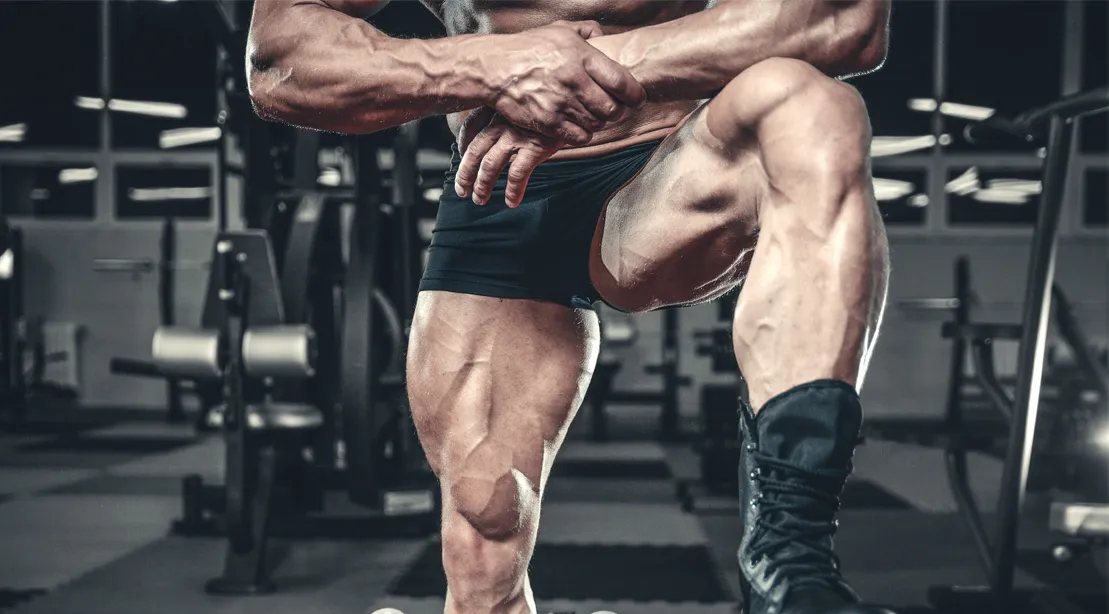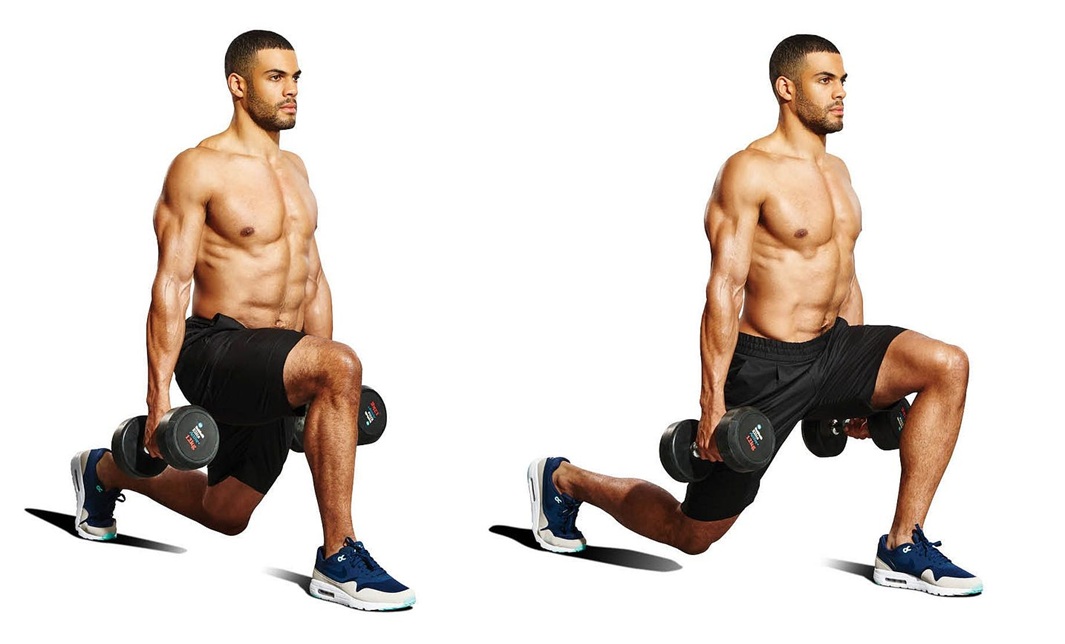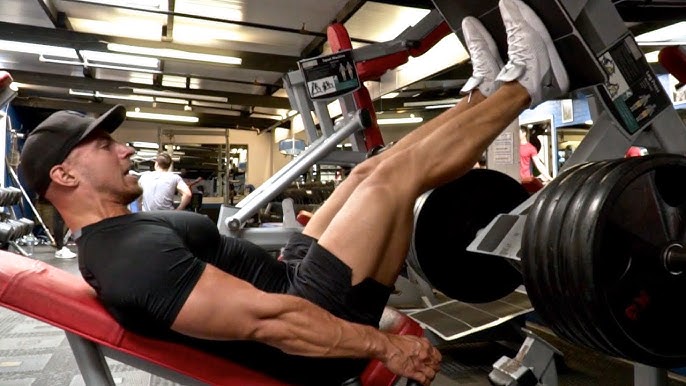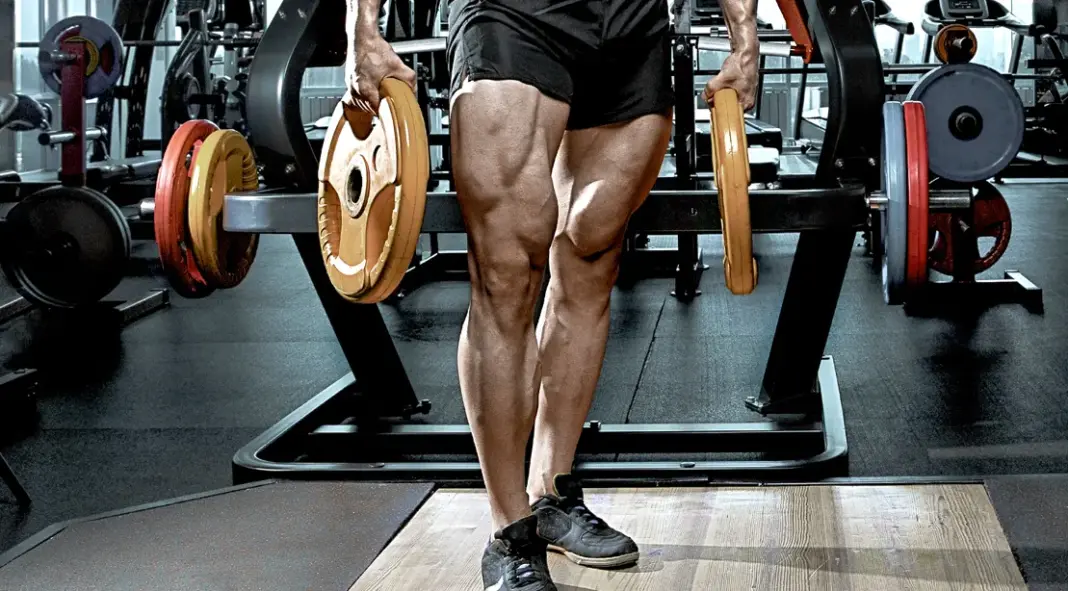Build Big Quads at Home: Minimal Equipment, Maximum Gains
If you think you need a fully stocked gym to grow serious quads, think again. As a bodybuilder, I’ve learned that the most effective muscle growth doesn’t come from fancy machines — it comes from tension, control, and execution.
And you can build thick, defined quadriceps from home with nothing more than your bodyweight, resistance bands, and a high-effort mindset.
Whether you’re between gym memberships, traveling, or just training from your garage, this guide will show you how to optimize quad training with minimal equipment. Let’s break down the science, strategy, and structure for building quads anywhere.
What Stimulates Quad Growth Without Weights?
We’re not just moving — we’re bodybuilding, so we need to think in terms of mechanical tension and muscle fatigue, not just reps and sets.
Here’s what matters most for hypertrophy without heavy weights:
Deep Range of Motion
The deeper your squat or split squat, the more the quads (especially the VMO and rectus femoris) are stretched and engaged. That deep stretch under tension is a major trigger for muscle growth.
Time Under Tension
With lighter loads or no weights at all, you must slow down your tempo. Stretch the muscle, pause in the hardest position, and control every inch. This keeps the quads under stress longer — and stress is the signal for growth.
Unilateral Loading
Single-leg movements force your quads to work independently — no shifting, no cheating. You’ll build better balance, symmetry, and deeper activation than with only bilateral exercises.
Intent Over Load
Bodyweight isn’t a limitation — it’s a lens for improving your form, focus, and connection to the muscle. When you train with precision and intent, the quads will respond.

Best Bodyweight Quad Exercises (No Equipment Required)
You don’t need machines — just strategic movement selection and controlled effort.
Heel-Elevated Bodyweight Squats
Elevating your heels shifts emphasis to the quads by encouraging forward knee travel and keeping your torso more upright — a key for targeting the vastus medialis (VMO).
- Use books, weight plates, or wedges
- Lower slowly, go deep, and pause at the bottom
- Tempo: 3-1-2 (3 seconds down, 1 second pause, 2 seconds up)
💡 Goal: Maximize depth and knee flexion, not just speed.
Wall Sit
A brutal isometric hold that keeps your quads under constant tension. This builds endurance and that deep quad burn.
- Back flat against the wall, thighs parallel to floor
- Knees over ankles, feet shoulder-width
- Hold for 30–90 seconds, progress weekly
💡 Add a band around the knees or hold a dumbbell for extra intensity.
Step-Ups (Using Stairs or a Chair)
A powerful unilateral movement that emphasizes quad-driven knee extension.
- Drive through the mid-foot, control the eccentric
- Avoid pushing off the back foot — let the lead leg do the work
- Squeeze the quad at the top before lowering
💡 Use a backpack for load once bodyweight gets easy.
Split Squat (Short Stride)
The shorter your stance, the more knee flexion you achieve — which means greater quad activation and less glute involvement.
- Keep torso upright and front heel flat
- Drop straight down, not forward
- Don’t rush — slow tempo makes it count
💡 Perfect for VMO and teardrop development.
Sissy Squat (Bodyweight or Assisted)
One of the few bodyweight exercises that isolates the quads almost entirely. This one’s not for the faint of heart.
- Keep hips forward, heels elevated if possible
- Push knees out over toes while leaning back
- Use a wall, countertop, or band for balance if needed
💡 Start shallow and build depth gradually. This is a quad killer.
🔸 Minimal Equipment Quad Movements (Bands, Dumbbells, or Backpack)
If you’ve got some resistance bands or a single dumbbell, you’re in luck. These tools add progressive overload and variety.
Banded Leg Extensions (Seated or Lying)
Think of this as the home version of your favorite quad machine.
- Anchor the band behind a sturdy object or under a chair
- Control both directions — slow extension and slow return
- Hold the top contraction for 2–3 seconds
💡 High reps (15–20) work best here. Keep tension constant.
Banded Wall Sit + Pulses
Take the basic wall sit up a notch by adding dynamic contractions — this lights up the medial quads.
- Place a loop band just above the knees
- Hold the wall sit, then perform 15–20 small pulses
- Focus on pushing knees out while keeping thighs parallel
💡 Combines isometric and isotonic tension — a hypertrophy dream.
Goblet Squat (Dumbbell or Backpack)
Holding a load in front of your chest adds resistance and helps keep your torso upright, shifting emphasis to the quads.
- Heels elevated = more knee travel
- Go deep, pause at the bottom, and drive up slowly
- Keep the load close to your chest
💡 Use books, a loaded backpack, or a dumbbell. Focus on tempo, not just weight.
Home-Based Quad Workouts: Two Full Programs
Here are two progressive templates — one for true minimalists, the other for intermediate lifters with a few tools.
🔹 Beginner Bodyweight-Only Quad Workout
Perfect for new lifters or travel days.
Heel-Elevated Bodyweight Squats – 3 sets of 20
Wall Sit – 3 sets of 30 seconds
Step-Ups – 3 sets of 10 per leg
Sissy Squat (assisted) – 2 sets of 10
Focus on form and tension. Slow down every rep. Rest 30–60 seconds between sets.
🔹 Intermediate Quad Workout (With Bands/Backpack)
For home lifters ready to add more intensity.
Goblet Squat (heels elevated) – 4 sets of 10
Bulgarian or Split Squat – 3 sets of 12 per leg
Banded Leg Extensions – 3 sets of 15–20
Wall Sit with Pulses – 3 sets (30 sec hold + 15 pulses)
Rest 60–90 seconds between exercises. Use tempo (3-1-2) to increase difficulty without adding weight.
Progression Tips: How to Keep Growing Without Machines
Muscles don’t grow from weight alone — they grow from progressive overload, which you can achieve through these variables:
- Increase Reps or Sets Weekly: Add 1–2 reps or 1 set per week to push capacity
- Slower Tempos: Use a 3–1–3 or 4–2–2 tempo to create longer time under tension
- Extended Holds: In wall sits or sissy squats, add hold time each session
- Add Resistance Gradually: A backpack with books, resistance bands, or a single dumbbell can go a long way
💡 Track your workouts like you would in the gym — reps, sets, tempo, intensity.
Common Mistakes in At-Home Quad Training
Even without weights, poor execution can hold back your gains.
Rushing Reps: Fast reps reduce time under tension and rob your quads of growth stimulus.
Shallow Range: Half-squats don’t get results. Train as deep as your mobility allows.
Skipping Unilateral Movements: Single-leg training builds symmetry, strength, and balance — don’t avoid it.
No Warm-Up: Just because you’re at home doesn’t mean you skip activation. Warm up with hip mobility and banded knee extensions to fire the quads before hard sets.
Final Word: Train Your Quads Anywhere with Focus and Intent
Here’s the truth: you don’t need machines to train like a bodybuilder. You need intent, control, and consistency. Your quads don’t care if you’re in a commercial gym or a spare room at home — they only respond to tension and effort.
So elevate your heels, slow down your reps, dig into single-leg work, and train with focus. Whether you’re recovering from an injury, avoiding gym crowds, or just want to take leg day into your own hands, you now have the blueprint.
🔗 Related Articles:
- How to Build Bigger Quads
- Best Quad Exercises for Mass
- Quad Sweep Training Guide
- Leg Workouts Without a Gym
- Unilateral Leg Training Guide




